There have been countless prehistoric monuments found around the globe that point to how our earliest ancestors lived. But in many cases, the structural engineering of these massive monuments has left modern scientists and scholars stumped as to how archaic societies managed to build sophisticated structures.
The Stonehenge is one of these confounding monoliths. Dating back more than 5,000 years, the massive rock statues are stacked on top of each other, and there is no possible way to move them. A new mystery was added to the repertoire when divers discovered a similar monument at the bottom of Lake Michigan in the US.
Stonehenge
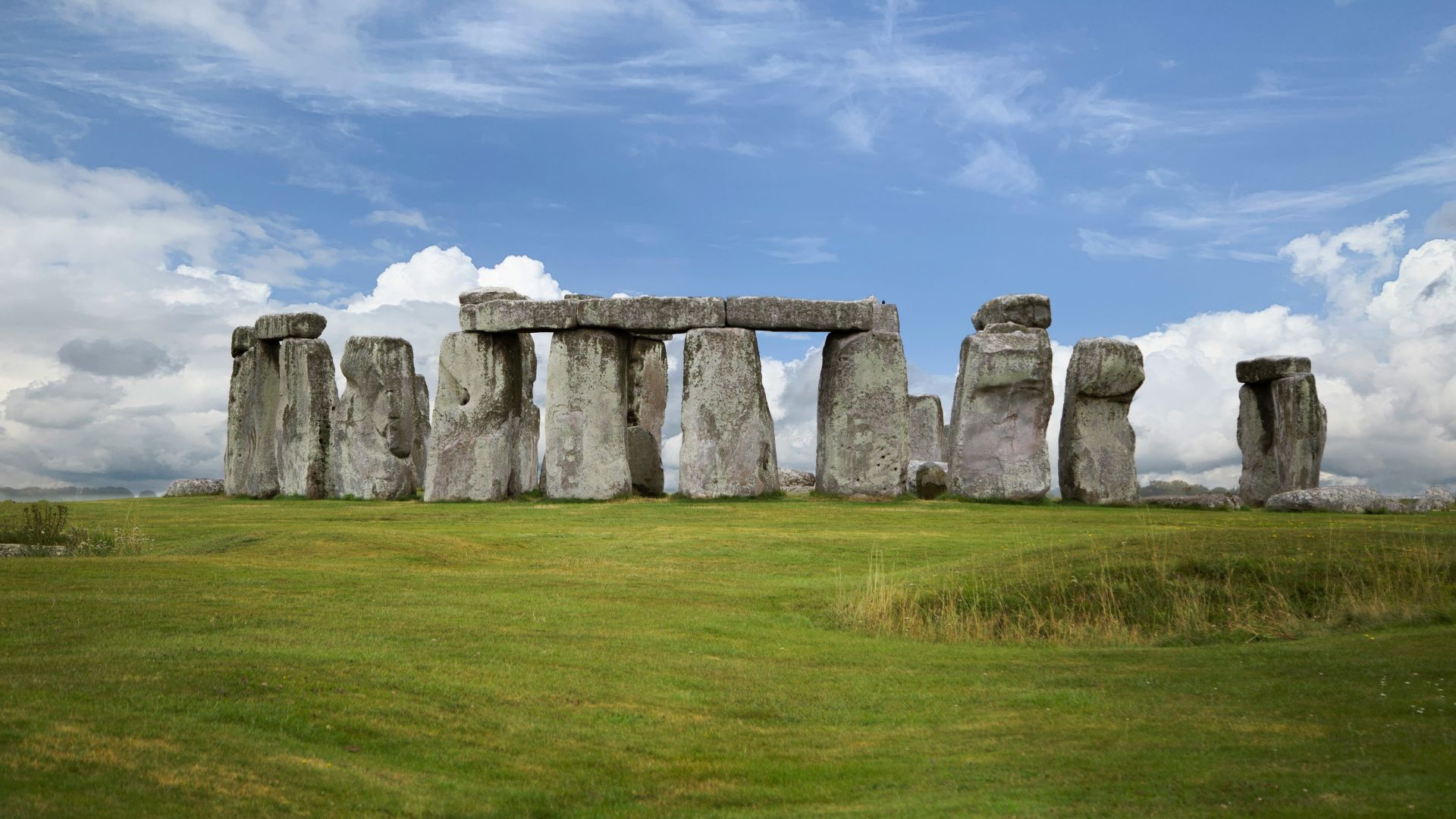
Stonehenge is one of the world’s most famous monuments to prehistoric civilizations. The megalithic structure is located in Sallsbury Plain in Wiltshire, a two-hour drive from London.
There have been plenty of speculations as to what Stonehenge stood for—monument, cemetery, or simply an expression of power and wealth. How the ancient Druids constructed the archeological site still baffles scientists, who have long considered every possible scenario. The only plausible solution is that some ancient cultures actually had more sophisticated building techniques than previously thought.
Stone Structure Found in Lake Michigan
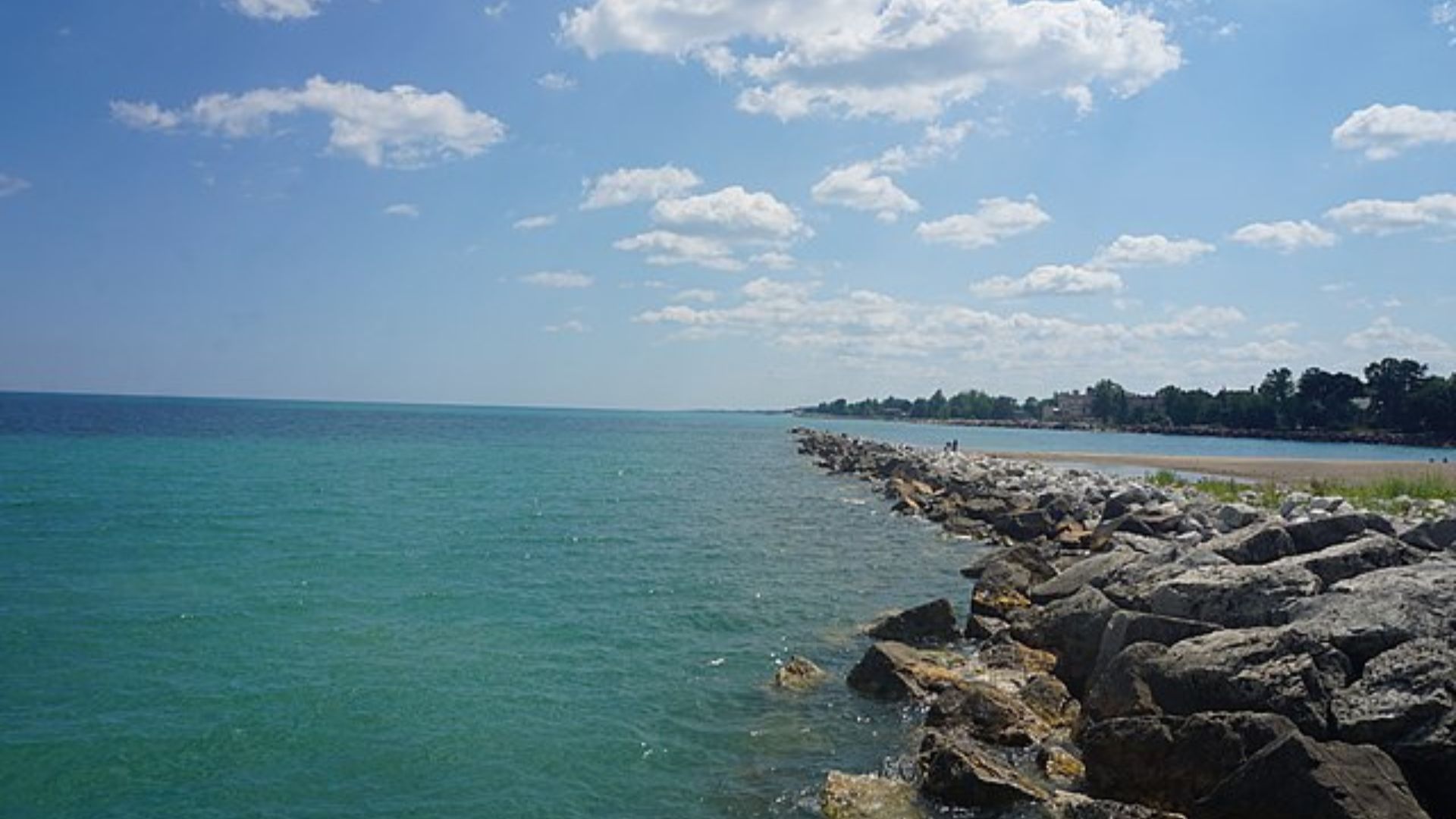
A new stone structure was discovered in the waters of Lake Michigan, adding another layer of confusion to the abilities of ancient cultures.
The monument was found to be more than 5,000 years older than the world-famous Stonehenge. The site was discovered in 2007 by a team of archeologists. Mark Holley, the lead on the team and a professor of underwater archeology at Northwestern Michigan College discovered the structure.
An Unexpected Find for the Dive Team

Holley recounted that after finding the strange site, it was a complete shock to see at a depth of around 40 feet underwater during a routine expedition.
The team noticed a series of stones placed in a deliberately arranged circular pattern. Later testing would suggest that humans made the pattern out of rocks weighing up to 3,000 lbs.
Origins of the Stones Are Murky
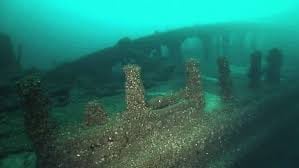
The stones are relatively the same size and organized similarly to Stonehenge. However, much less is known about underwater sculptures.
Scientist Rob Nelson explains, “Whilst they do seem to form a perfect geometric shape, they aren’t stacked or connected in the same way. “
The Large and Strategically Placed Rocks

The once-busy maritime trade route in the 19th and 20th centuries is now the home to a miniature Stonehenge. The size of the stones ranges from the size of a basketball to that of a compact car.
There are even several stones arranged in a long line over one mile long.
Prehistoric Tribes Around the Great Lakes
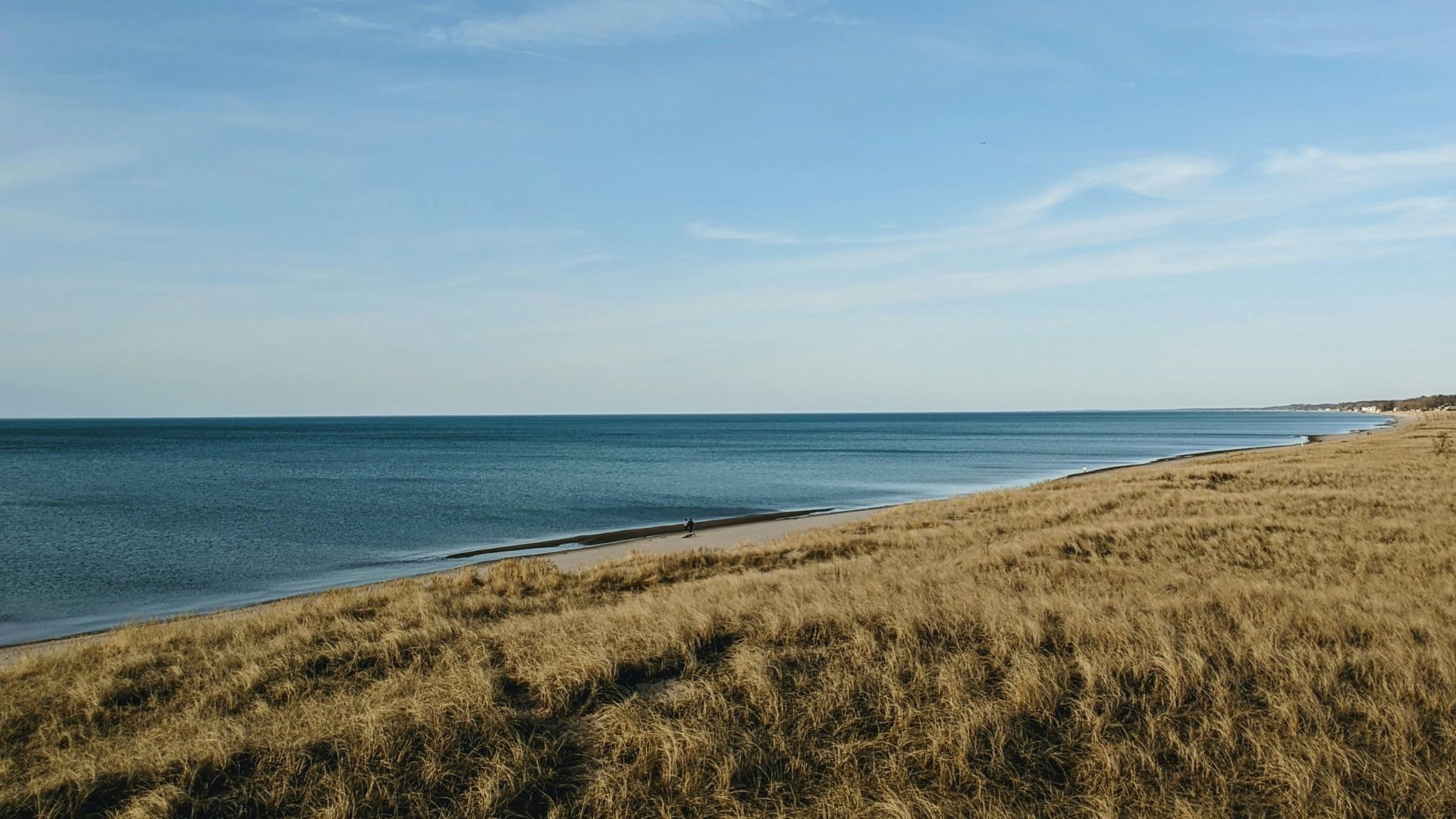
While the monuments are now well underwater, the area was once a vast plateau for humans and animals to enjoy. The area is also filled with evidence of early tribal activity, which could explain the origins of the statues.
“And while there is evidence that prehistoric tribes roam to the Great Lakes for thousands of years, very little is known about them,” Nelson added. He also said that there isn’t anything “remotely resembling this formation in the archaeological record.”
The Tribe That Could Have Left the Stones
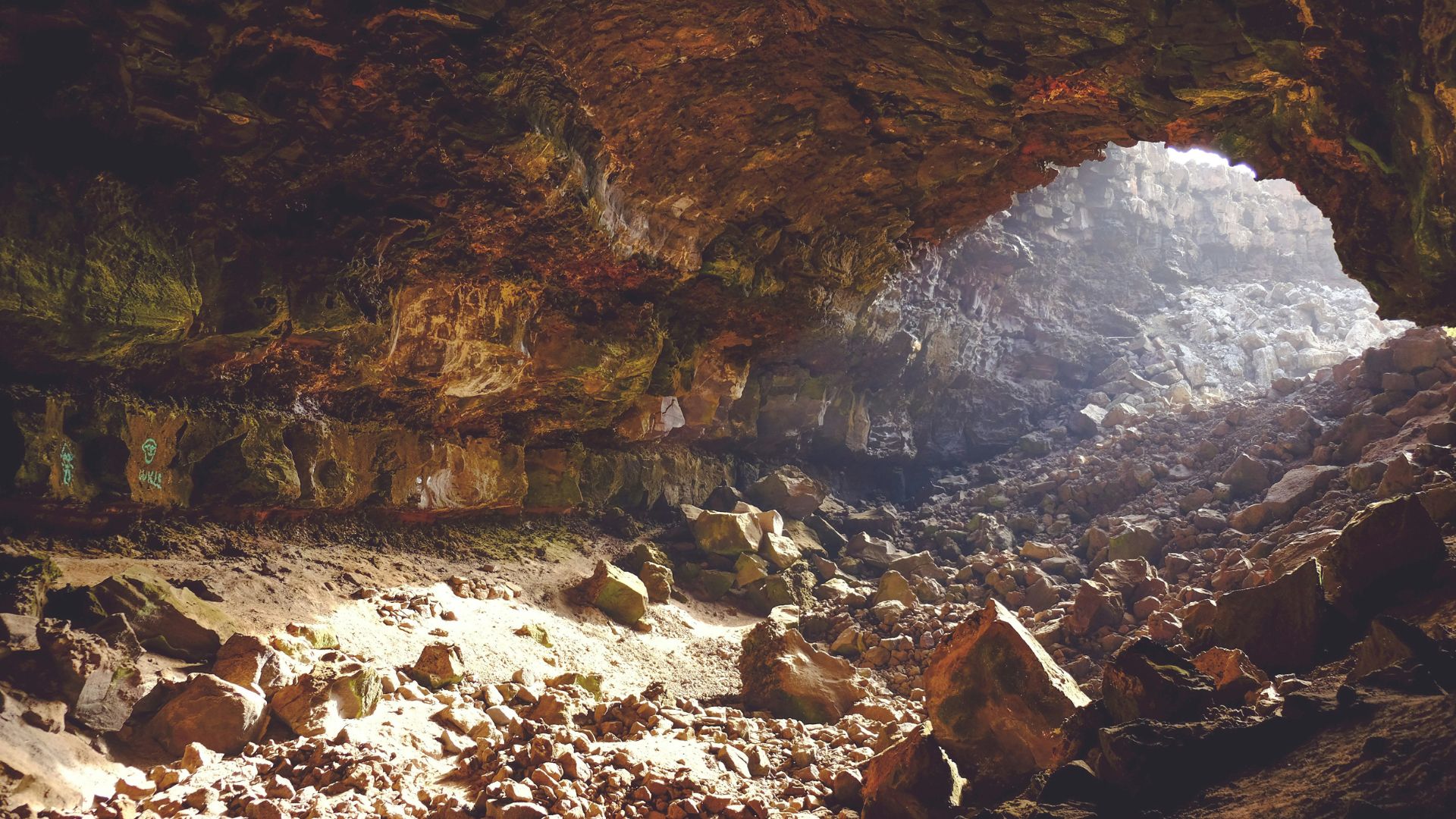
Nelson believes that a still-living tribe in Canada could have been responsible for building the monument roughly 10,000 years ago. The Anishinaabe people were among the first to inhabit the region.
The tribe’s prehistoric hunter-gatherer forbearers settled the area following the last Ice Age, the Pinedale, which lasted from 30,000 to 10,000 years ago. Today, the Anishinaabe people occupy the territory around the Great Lakes, from Manitoba to Montreal and as low as Chicago.
Stones Were Sacred in Prehistoric Cultures
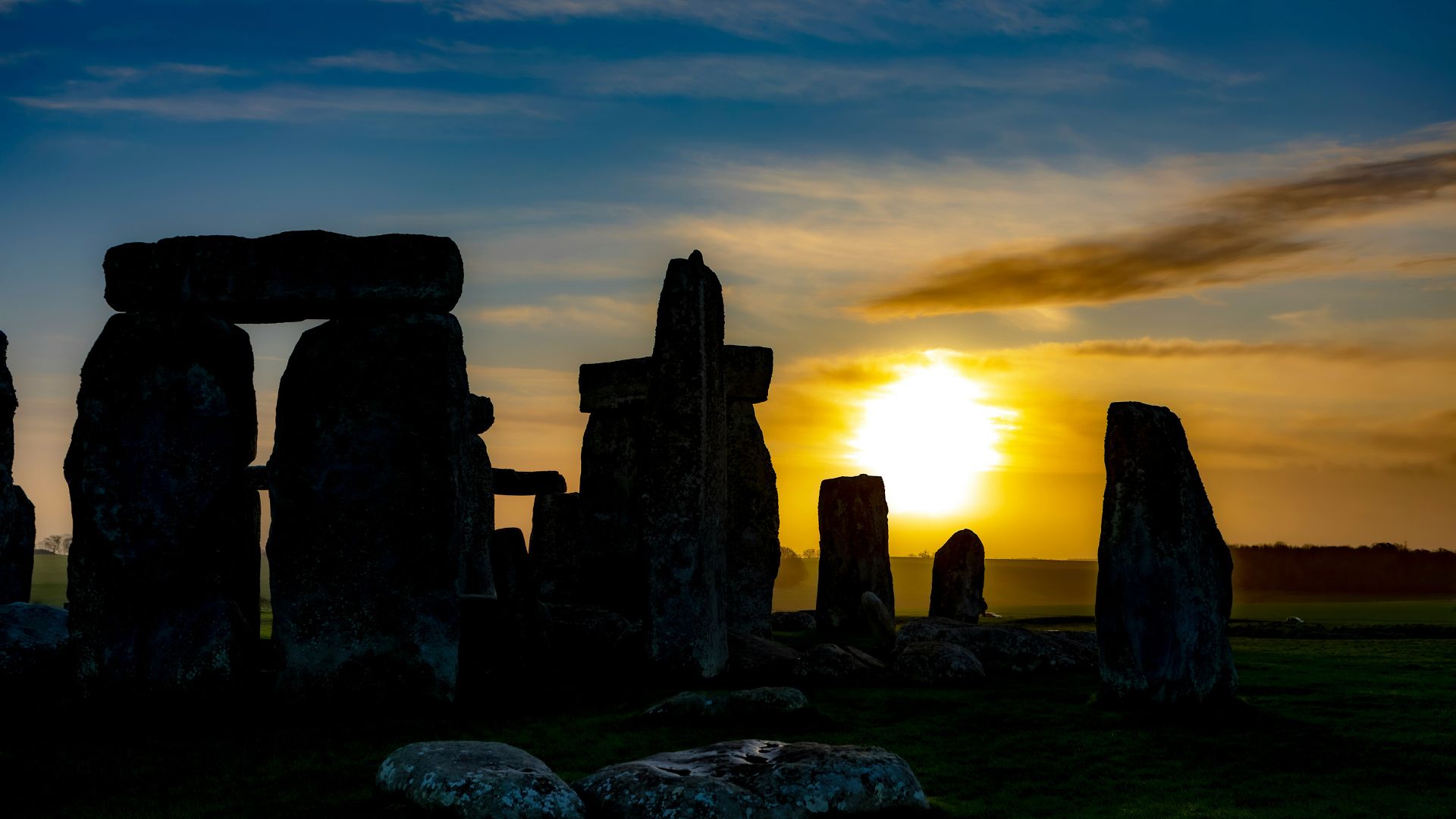
For the historic Indigenous culture, the stones were referred to as animate objects because they come from Earth, which they believe to be alive.
Holley also pointed out that the area was above ground around 10,000 years ago and agreed that communities had indeed settled the area on the exact spot where the stones were laid. “It would’ve been a wonderful place for people to live – near the coastline, close to resources, transportation’s easy,” the archaeologist told Nelson.
Changing Landscapes
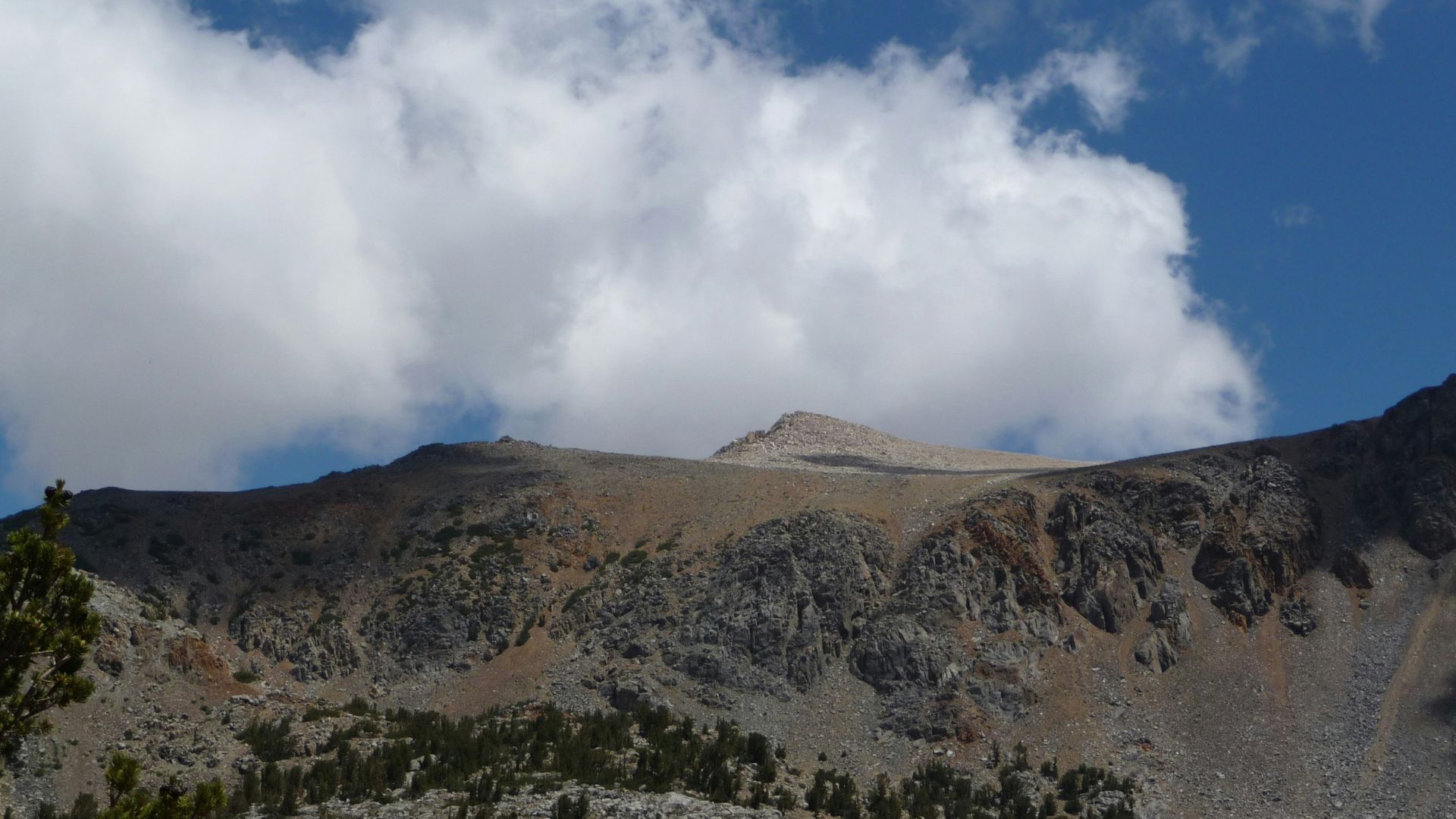
Although the area was once an above-ground plateau, it became inundated with water roughly 5,000 years ago when Lake Michigan first became a basin.
Advanced technology, such as stereo photogrammetry, was used to assemble large 3D renderings of the area so that the researchers could analyze the information. The renderings showed that the carvings and engravings on some of the stones were images of Mastodons.
Importance of the Drawings
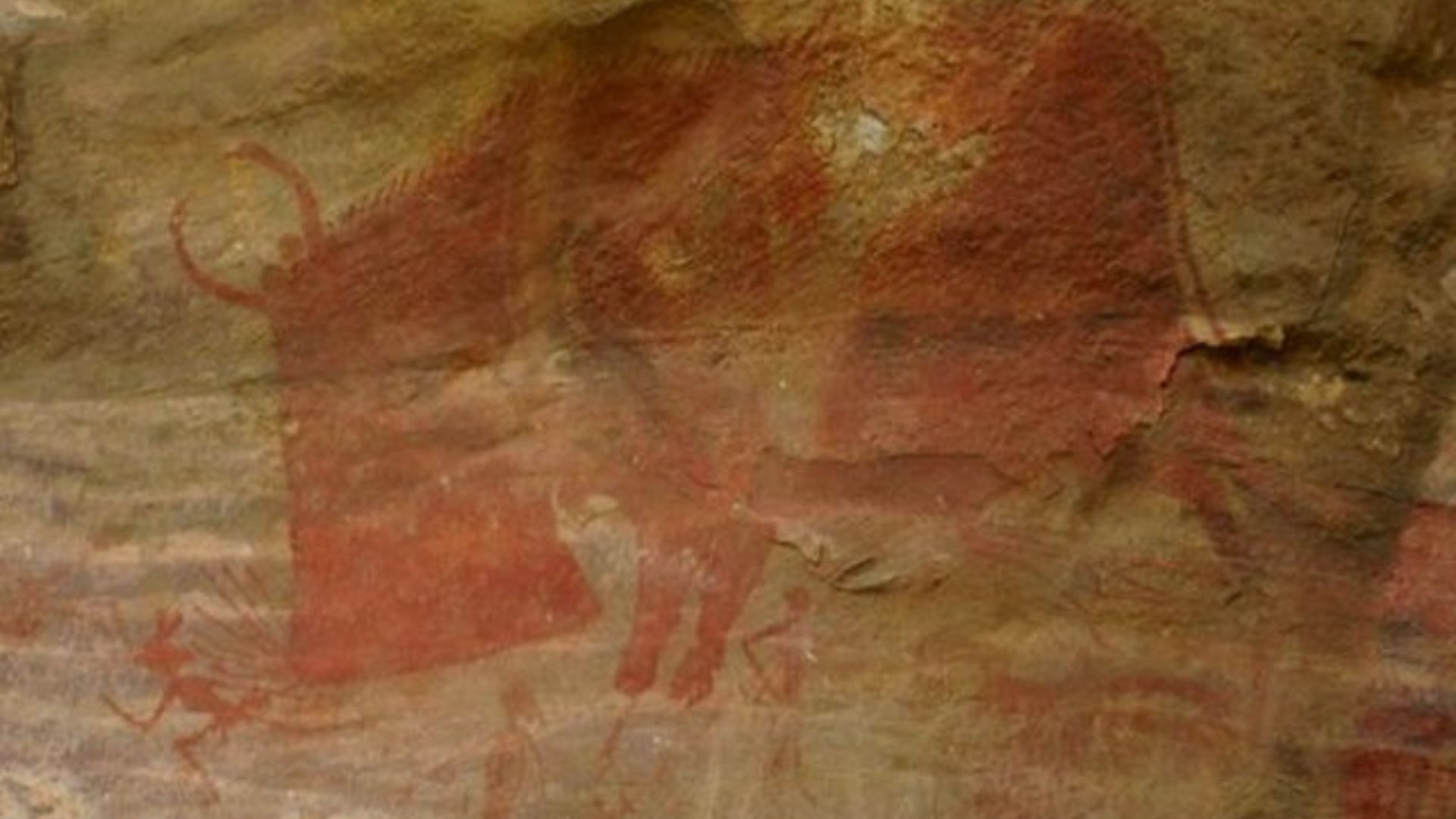
Mastodons are extinct ancestors of elephants and woolly mammoths that once roamed North America. The animals stood around 10 feet tall and weighed up to 6 tons.
They lived during the Pleistocene Epoch, which lasted from 2.6 million to 11,700 years ago. Drawings of these animals clearly connect to the time when the people who made them lived.
Ancient Hunting Structure
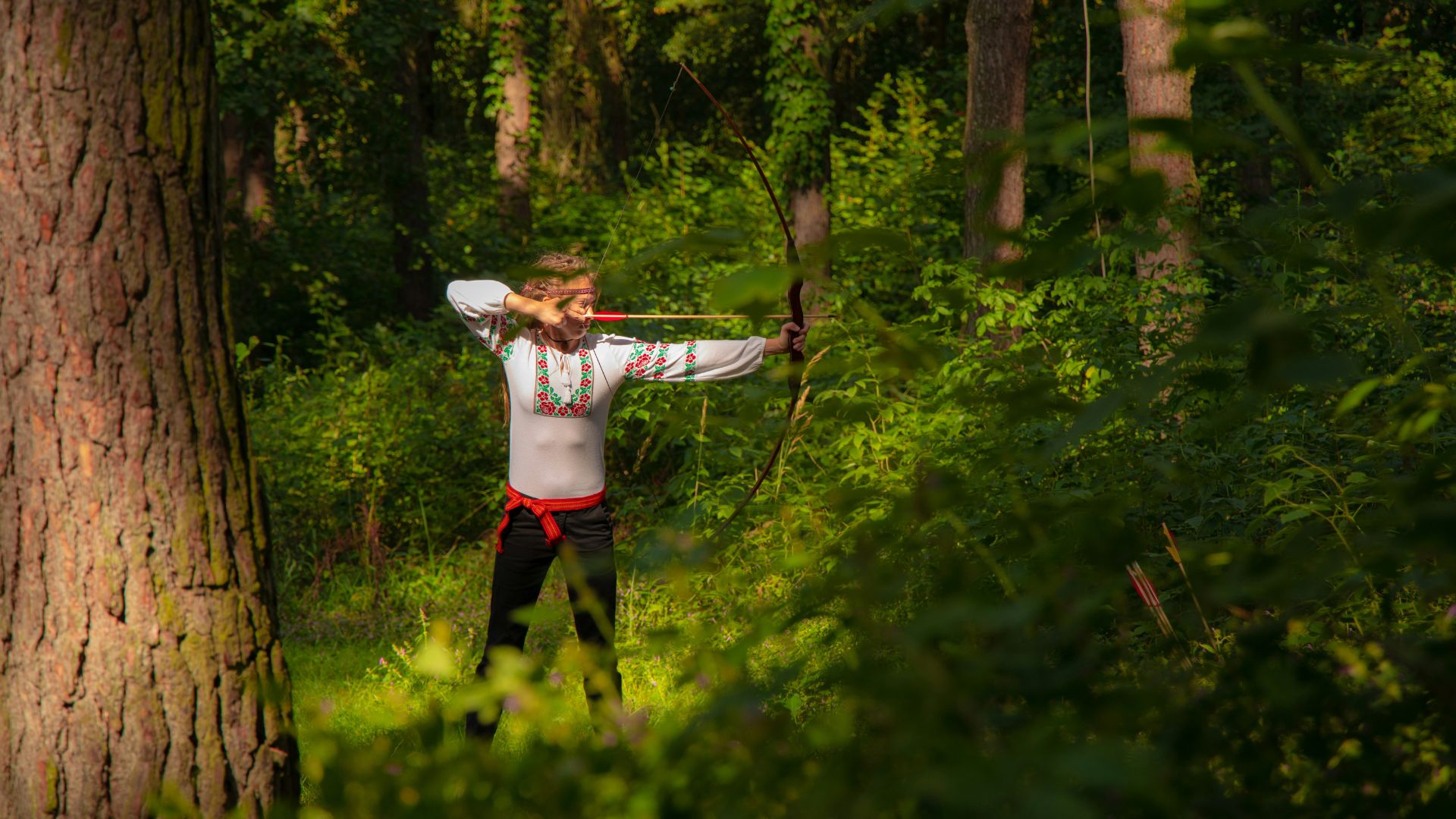
The Curator of Great Lakes Archaeology at the University of Michigan, Dr John O’Shae, noted that the drawings of mastodons, combined with the configuration of the rocks, show that the ancient structure could have been a hunting space known as a “drive lane.”
Humans around the world used drive lanes as ways to herd large groups of animals along a set path leading to a kill zone, where other hunters with large spears would lie in wait to capture the large beasts.
Nature of the Stone Remain a Mystery
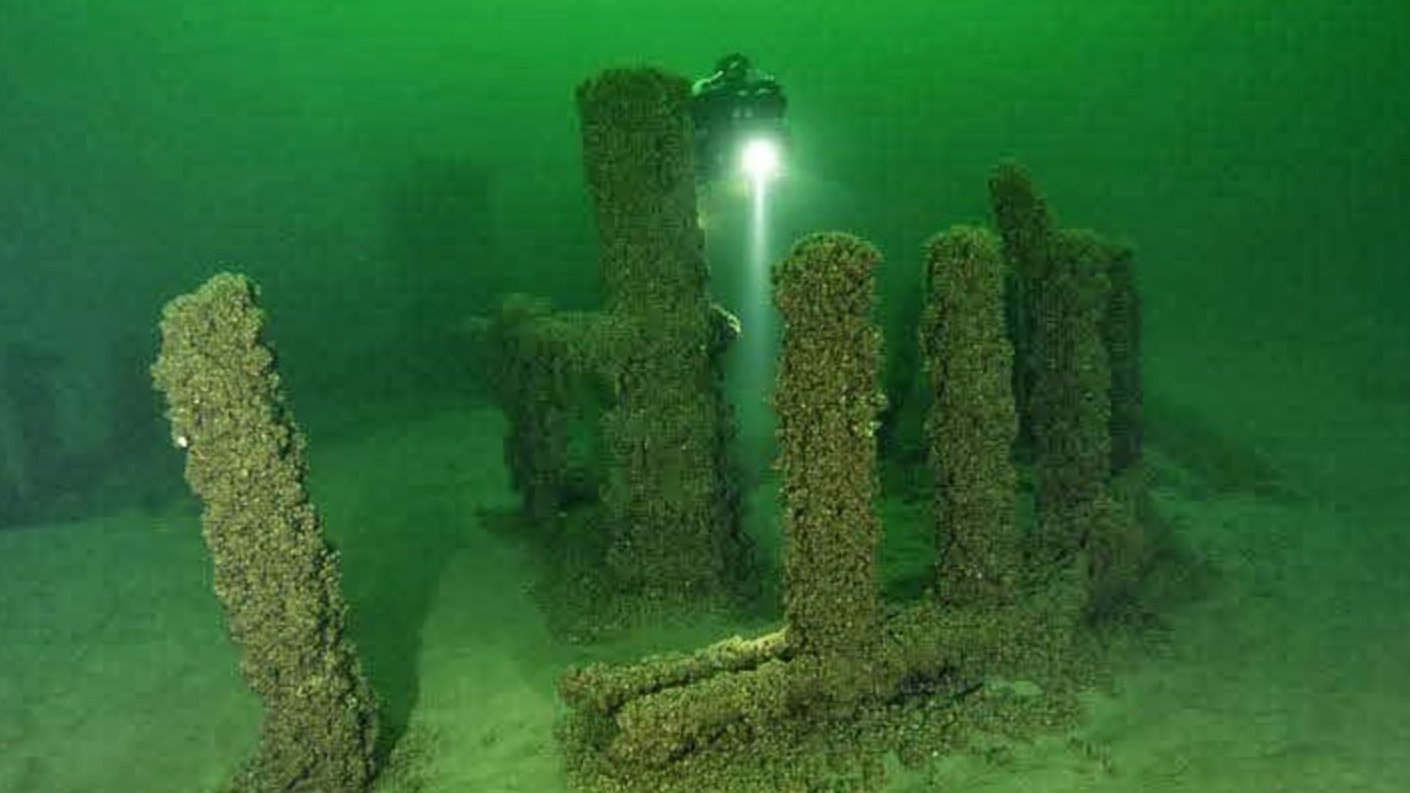
The stone structure still remains much of a mystery to the researchers in charge of discovering its use.
Until the purpose is finally revealed, more information is needed on what type of activities and engineering abilities certain prehistoric cultures had access to.
Not Revealing the Location

Holley, who has not revealed the precise location of the site, says that the area is popular among recreational divers.
Holley points out that many experts prefer to investigate such stones in person to authenticate them, but these experts aren’t necessarily trained scuba divers, which slows down the authentication process.
Similar Structures Across the World

Researchers have documented built structures that aid in hunting activities on every continent except Antarctica, showcasing how hunter-gatherers tracked and chased animals by using their environments to their advantage.
Lake Michigan is not the only lake in the state to house one of these ancient hunting lanes.
A Similar Structure Under a Nearby Lake

Below the surface of Lake Huron, archaeologists discovered evidence of prehistoric caribou hunts. The 9,000-year-old driving lane provided insight into the social and seasonal organization of early people in the Great Lakes region.
Researchers discovered the site on the Alpena-Amberley Ridge, beneath 121 feet of water southeast of Alpena, Michigan.
Looking Closer

The driver and remotely operated vehicles analyzed the site, opening a window to the past and showcasing how hunter-gatherers of the time survived.
“This site and its associated artifacts, along with environmental and simulation studies, suggest that Late Paleoindian/Early Archaic caribou hunters employed distinctly different seasonal approaches,” said John O’Shea, the Emerson F. Greenman Professor of Anthropological Archaeology at the University of Michigan and lead author of the article.
The Main Feature

The main feature, dubbed the Drop 45 Drive Lane, is most notable because archeologists believe it is the most complex hunting structure found beneath the Great Lakes.
Workers built the stone lane on a level of limestone bedrock, creating a road that led to a cul-de-sac made of natural cobble pavement. The builders incorporated three circular hunting blinds into the stone lines, using them as both blinds and obstructions to corral caribou.
An Odd Note on the Structure

The orientation of Drop 45 shows that it was only effective when animals were moving in a northwesterly direction, which they would have done during spring migration from modern-day Ontario.
“It is noteworthy that V-shaped hunting blinds located upslope from Drop 45 are oriented to intercept animals moving to the southeast in the autumn,” O’Shea said.
Accommodating for the Yearly Hunt

While caribou hunting season typically occurs in autumn, the builders likely constructed the structure to accommodate the seasonal behavior of the preferred game.
“This concentration of differing types of hunting structures associated with alternative seasons of migration is consistent with caribou herd movement simulation data indicating that the area was a convergence point along different migration routes, where the landform tended to compress the animals in both the spring and autumn,” O’Shea said.
Built with Intention

The structures in and around Drop 45 also paint an interesting picture of the past for archeologists. Researchers spotted chipped stone debris for repairing stone tools, providing evidence that humans intentionally built the structure.
The evidence also suggests that our way of thinking about early humans could be incorrect as they had social and economic organizations to live in specific locations for some time.
A Larger Community at Play

“The larger size and multiple parts of the complex drive lanes would have necessitated a larger cooperating group of individuals involved in the hunt,” O’Shea said.
“The smaller V-shaped hunting blinds could be operated by very small family groups relying on the natural shape of the landform to channel caribou towards them.”
The Purpose of Hunting Structures

The paper cites the words of Ashley Lemke, an archaeologist at the University of Texas at Arlington, who noted that “permanent hunting structures anchor [the foragers] to certain places on the landscape and create socio-political and economic tensions concerning ownership, territoriality, leadership, labor aggregation, group size, and other social dynamics.”
The wall’s discovery indicates that a group that lived in the Great Lakes area had enough claim to the now-submerged land to construct and use massive architecture.
Ancient Cousins’s Hunting Skills

Our nearest cousins, Homo neanderthalensis, modified the landscape around them to make tools, create fire, and establish settlements. They have also proven to create art and use rudimentary math to track and hunt animals.
Researchers also found evidence of their skilled hunting in pits beneath Stonehenge. These pits, which predate the structure by thousands of years, were likely hunting traps for large game like red deer, boar, and aurochs.








































